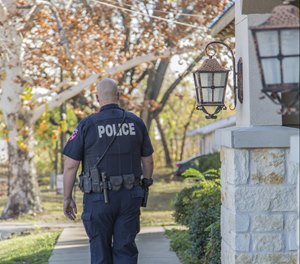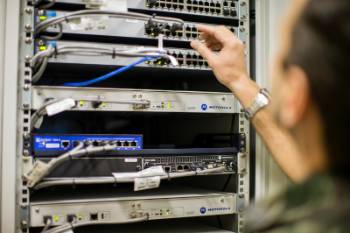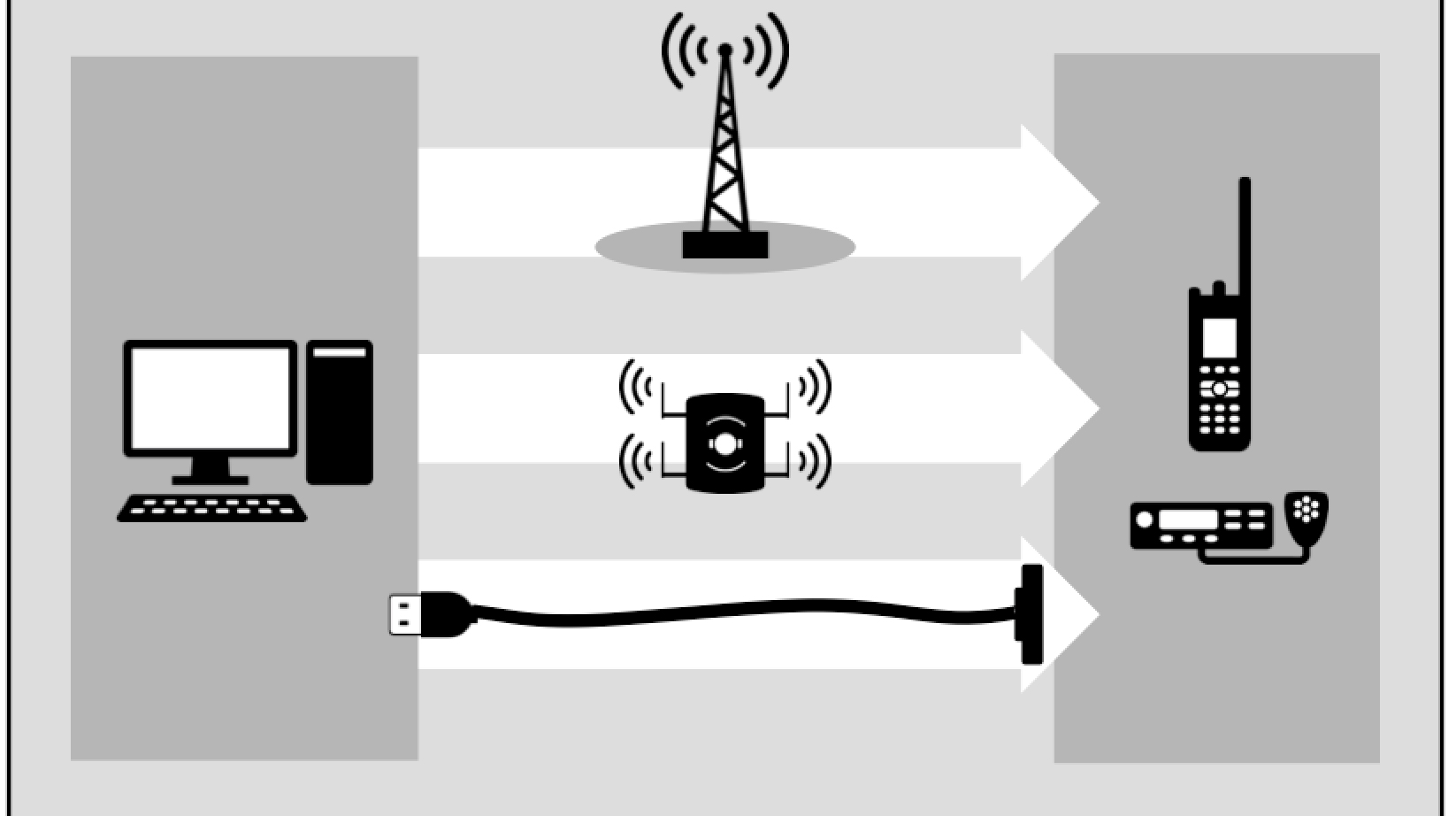Law enforcement has been one of the drivers in communication innovation. Constables on patrol have moved from using wooden rattles to summon aid to having custom-molded earpieces to monitor their digital radios. Much of the newest tech in communications was introduced in law enforcement.
1. Geofencing radio channels
Most radio systems permit users to operate on only one channel at a time, even if that channel is trunked and actually using multiple frequencies. This limit to one channel can have the undesired effect of making an officer completely unaware of a major operation happening in his immediate vicinity, because the other operators involved are using a different channel than the one the officer has selected.

By using geofencing, officers can improve their situational awareness. Geofencing uses GPS monitoring of mobile units to send alerts or remote commands to units that enter the software-coded boundary entered into the system. If an officer drives his patrol car within two blocks of an ongoing tactical operation, his car and/or portable radio switch to the channel in use by that operation. This keeps the officer from unknowingly driving into a danger zone or prematurely alerting a suspect to the presence of the police.
Geofencing also keeps the communications center on top of the operation by sending an alert if a unit strays into the boundary or enters it intentionally. GPS monitoring of field units is often passive, but can be made to go active and report units inside the border while the geofence is active for the operation.
2. Three-dimensional GPS
GPS technology has evolved considerably from the time when a receiver and display could establish only that you were somewhere in the neighborhood. The location and movement of tactical officers with active GPS enabled on their portable radios or smartphones is available in real time, and software can record the movement for later analysis. The resulting data is a better record of officers’ movements than an overhead camera could produce.
Cities with multiple high-rise structures face an added problem in location monitoring, as a 2-D map will show where the target is on a property’s footprint, but not what floor of the structure the signal is coming from. GPS receivers use multiple signal vectors to establish targets in space in three dimensions, so that altitude is available as easily as latitude and longitude. By superimposing this altitude data onto a 3-D map of the structure, an operator monitoring the unit in the field can see precisely where they are, and can send assistance as needed.
3. Holster sensors
One of the reactions a police officer has to a perceived deadly threat is to draw his sidearm. The threat may be something overt, such as seeing a gun in a suspect’s waistband, or more subtle, like movement in the shadows of a building that is supposed to be vacant. The situation is often not conducive to making a call over the radio to alert other officers or the dispatch center of the threat. If the threat turns into a deadly force encounter, the first notice the officer’s backup or dispatcher might have is a “shots fired” report over the air.
A gun holster sensor located in an officer’s holster, uses a data network and the officer’s portable radio or smartphone to report to the command center when the officer has drawn and re-holstered his firearm. Drawing the sidearm sends an alert to the communications center and opens the mic on the officer’s portable radio, so that the dispatcher and other responders can monitor the situation. Communications between the holster and the radio is via Bluetooth, so there is no physical connection.
It’s likely that the near future will bring telemetric monitoring of officers’ vital signs, so that the command center can track not only when the officer is running after or struggling with someone, but even if the officer is getting overstressed emotionally. In the meantime, these technological innovations are available to make law enforcement officers in the field safer and more effective.




